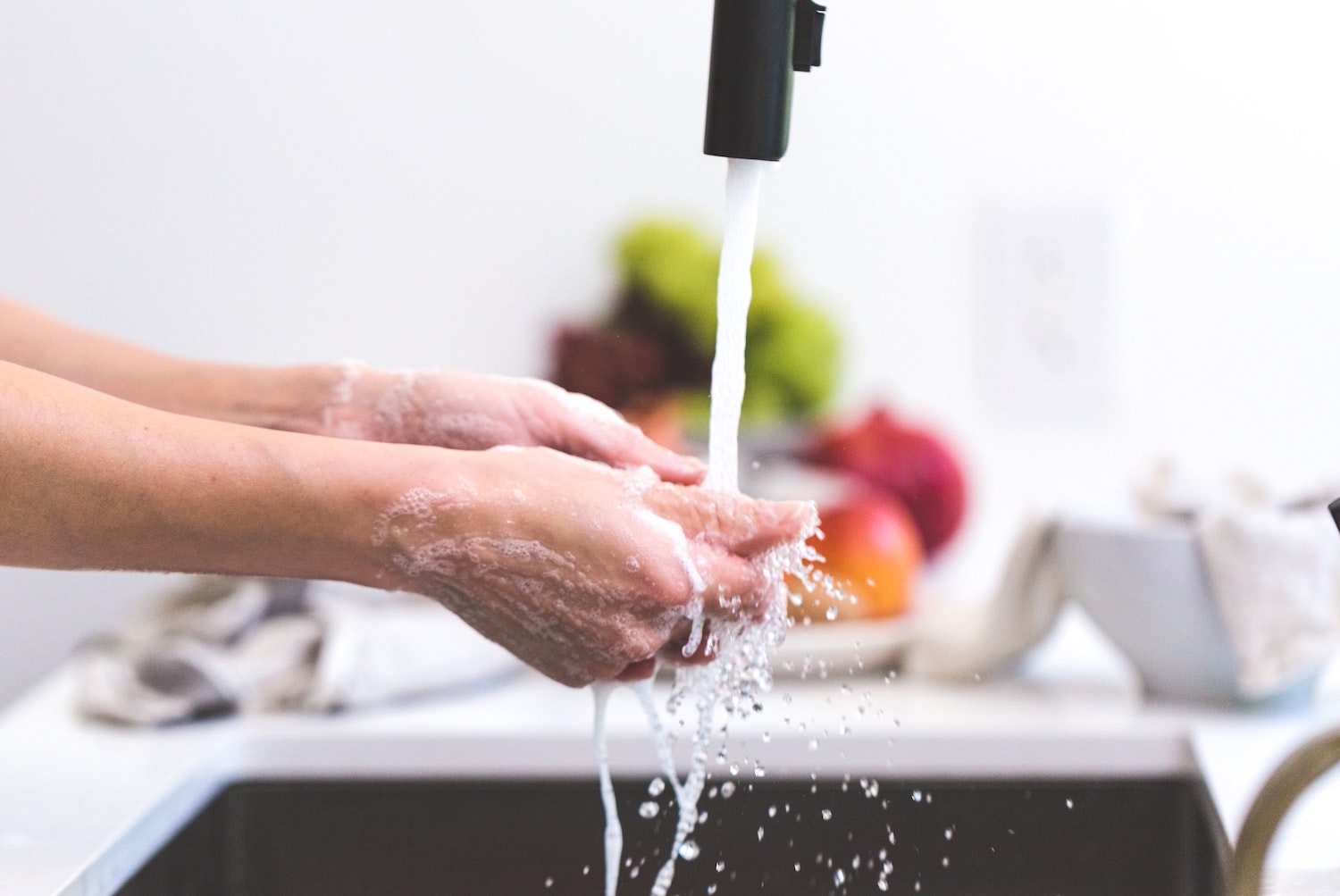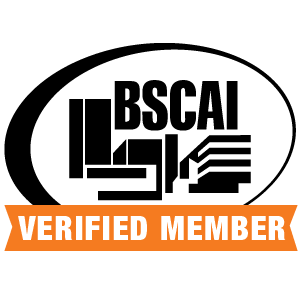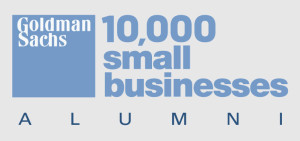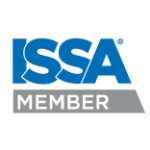You’re Washing Your Hands All Wrong… And It’s Making You Sick
Do you remember your mom telling you to wash your hands before dinner?
How about the “after” though? After swiping on your phone, handing over your credit card, or touching public railings and doorknobs?
While a toilet seat is a hot-bed of bacteria (duh!), it’s actually more sanitary than your kitchen sponge, toothbrush, and cell phone. That’s because “a toilet seat is flat,” says Jeff Boyd, associate professor of microbiology at Rutgers University. Bacteria thrive within “nooks and crannies.”
Another headscratcher: antibacterial soaps are no more effective at killing germs than regular soap. In 2016, the Food and Drug Administration issued a rule that antibacterial active ingredients can no longer be marketed to consumers. Clearly, government agencies aren’t “wishy-washy” about the facts, yet what about our habits – the laws of self-discipline?
Let’s revisit your toothbrush. Public health organization, NSF International, found that 27 percent of toothbrush holders housed Coliform bacteria – microorganisms including Salmonella and E. coli. And, your smartphone isn’t so smart to hold unless it’s swabbed with a disinfectant. Studies reveal one in six phones are contaminated with fecal matter.
All of this means we’re not doing enough to clean house or our hands.
Suds Up to Suds Down:
What Proper Handwashing Looks Like Every Day
Here’s the deal. We’re spreading germs and foodborne illness due to improper handwashing. A whopping 97 percent of the time we’re lathering up in less than 20 seconds. And according to the Centers for Disease Control, shorter washing periods mean less germ removal. Experts say you should be singing the alphabet twice before drying your hands in haste.
Since safety is our middle name, Jidan Cleaning has joined industry giants like Procter and Gamble, Colgate-Palmolive, and UNICEF, to spread awareness about Global Handwashing Day happening on October 15th.
Since 2008, Global Handwashing Day has leveraged the importance of handwashing with soap as an easy, effective, and affordable way to prevent diseases and save lives. This year’s theme, “Clean Hands – A Recipe for Health,” focuses on the link between hygiene and nutrition; the idea of making meals safe and tummy’s happy.
“You can’t see, smell, or feel bacteria,” says Carmen Rottenberg, acting deputy undersecretary for food safety at the USDA. “By simply washing your hands properly, you can protect your family and prevent that bacteria from contaminating your food and key areas in your kitchen.”
Good Old Soap and Water
- Wet your hands with running water — either warm or cold.
- Apply liquid, bar, or powder soap to a cupped hand.
- Lather well.
- Rub your hands, palm to palm, vigorously for at least 20 seconds. Remember to scrub all surfaces, including the backs of your hands, wrists, between your fingers, and under your fingernails.
- Rinse well.
- Dry your hands with a clean towel.
- Use the towel to turn off the faucet.
*Tips courtesy of the Mayo Clinic
The pros at Jidan Cleaning swear by a few other tricks too.
- Grab enough soap to cover both your entire palms.
- Rinse your bar of soap under water before lathering to remedy soap slime.
- When in a pinch, always have hand sanitizer ready.
- Don’t use the same hand towel beyond two days. Bacteria sits on wet surfaces and can multiply.
- Avoid bathroom hand dryers, which transfer airborne microbes. Use disposable paper towels instead and grab door handles with a protective barrier such as a towel or wipe.
Chances are high that if you follow these tips, you’ll be healthier. Remember, cleaner hands mean cleaner surfaces. And a simple handwashing habit can prevent bigger problems – like doctor and hospital visits.
So, listen to your mom and wash up before dinner. And then again after the other contaminated things you touch all day.
If you liked this article, please pass it on.








